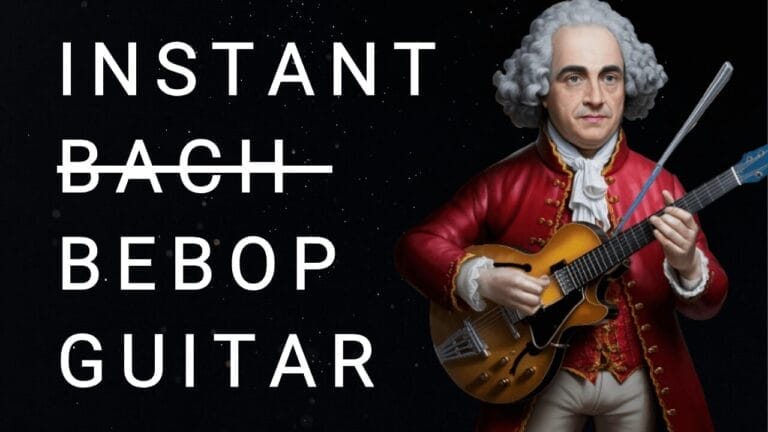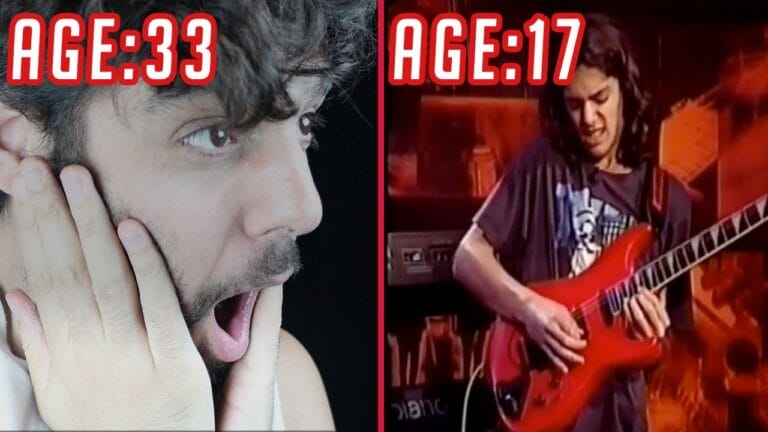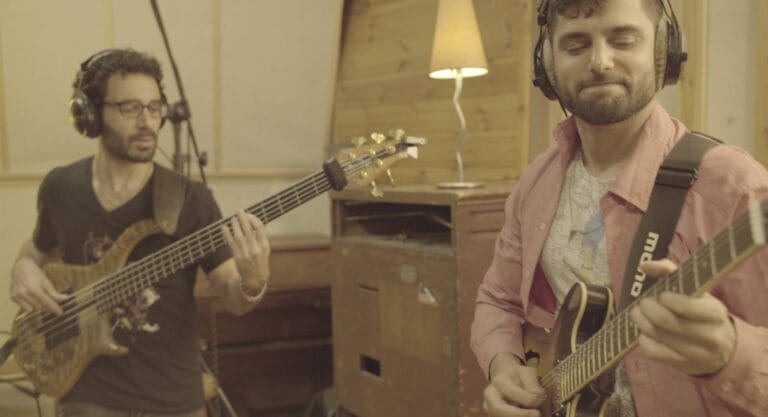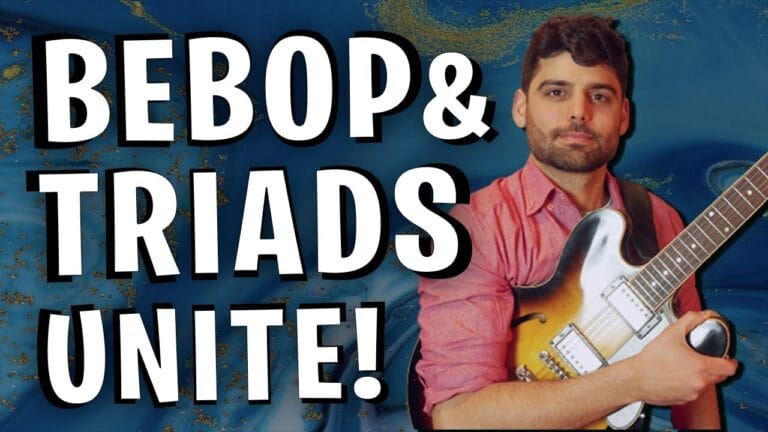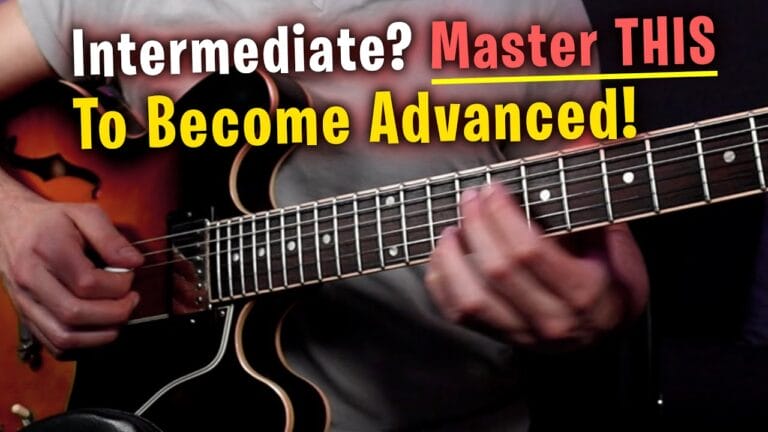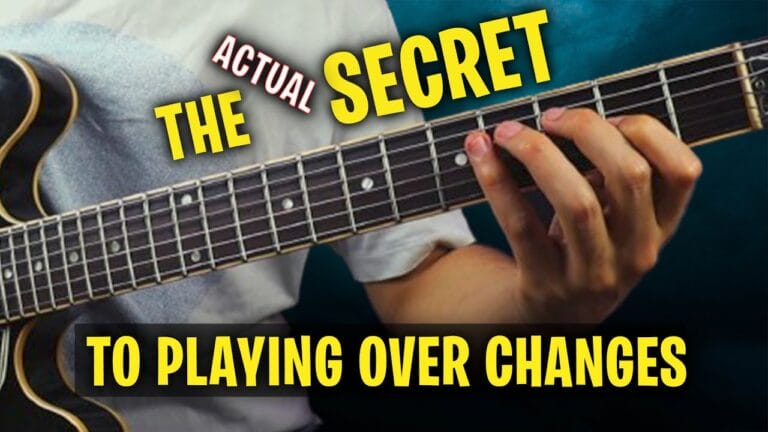Beginner Guitarist? Don’t Miss These 4 ‘Life Changers’
Things I Wish I Knew as a Beginner Guitarist:
As a beginner guitarist, there are a few things that I wish I had known that would have greatly impacted my growth as a musician.
The first is the concept of inversions and how important it is to understand the notes that make up a chord. By understanding the inversions of chords and their corresponding notes, it becomes easier to form melodies and see how those melodies fit within the inversions.
Another important concept for me was the idea of continuity in harmony, or voice leading. This involves finding the most seamless way to move from one chord to another, creating a sense of continuity and flow in your playing.
Another lesson I learned was the importance of finding my own voice as a musician. It’s easy to get caught up in the idea of trying to sound like someone else, but it’s much more fulfilling and rewarding to focus on developing your own voice and style. This can be achieved through transcribing other musicians’ work and learning to play in different styles, but it’s also important to set aside time to discover and embrace your own unique voice.
Finally, don’t underestimate the value of practice and discipline in becoming a better musician. It takes time and dedication to improve, and it can be extremely helpful to set goals for yourself and to have a mentor or teacher to guide you and offer constructive criticism.
With these things in mind, you can greatly improve your playing and reach your full potential as a musician:
- Master the inversions and the notes that make up a chord.
- Continuity in harmony, or voice leading.
- Finding your own voice as a musician.
- Practice and discipline in improving as a musician and finding a mentor or teacher to guide your growth.
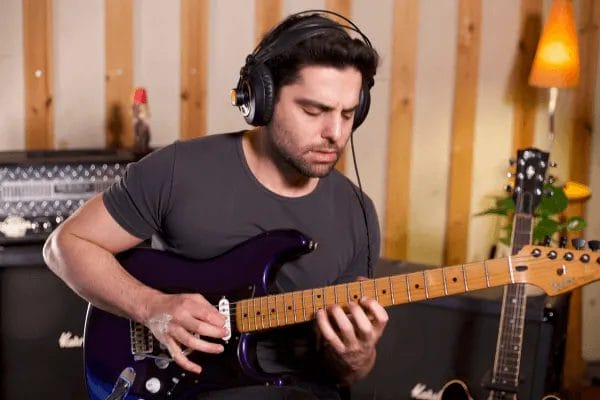
As a musician, I have always been drawn to the technical aspect of music, particularly the inversions and notes that make up a chord. I have spent countless hours studying and practicing these concepts, determined to master them and incorporate them into my own music.
But I have also learned that technical proficiency is only one part of the puzzle. Continuity in harmony, or voice leading, is equally important in creating a cohesive and pleasing sound. I have worked to develop my skills in this area through careful listening and analysis of music I admire, as well as by seeking guidance from experienced mentors and teachers.
Along the way, I have also discovered the importance of finding my own voice as a musician. It is easy to get caught up in the technical aspects of music and lose sight of the emotional and artistic expression that is at the heart of what we do. I have learned to embrace my own unique perspective and style, and to use my music as a means of self-expression and communication.
Ultimately, it has been the combination of practice, discipline, and guidance from others that has allowed me to improve as a musician and manifest these concepts into my life. I know that my journey is far from over, and I am excited to continue learning and growing as an artist.
Here are a few more tips that are perfect for the beginner guitarist who wishes to master inversions and notes, continuity in harmony, and finding your own voice as a musician:
- Practice regularly: The only way to improve as a musician is to put in the time and effort to practice. Set aside dedicated time each day or week to work on your skills, and be consistent in your practice routine.
- Seek guidance from a mentor or teacher: It can be helpful to have someone with more experience guide you through your musical journey. A mentor or teacher can provide valuable feedback and help you overcome any challenges you might encounter.
- Experiment with different chord progressions: One way to improve your understanding of inversions and notes is to try out different chord progressions and see how they sound. This can also help you develop your own unique style as a musician.
- Pay attention to voice leading: When writing or playing music, pay attention to how the different voices and parts fit together. Try to create smooth and logical transitions between chords and melodies.
- Don’t be afraid to try new things: As you develop your voice as a musician, don’t be afraid to experiment with different sounds and styles. This is how you will discover what works for you and what doesn’t.
For more inspiration, lessons, usefull tips and much more subscribe to my youtube channel.
Love to hear your thoughts and answer any question you may have. Please leave me a note in the comment section below.
Lets do this,
Daniel









